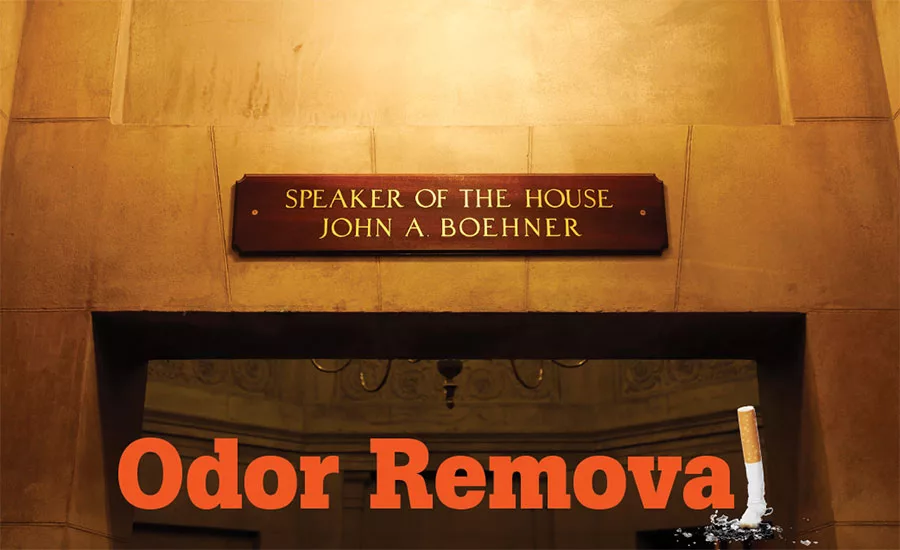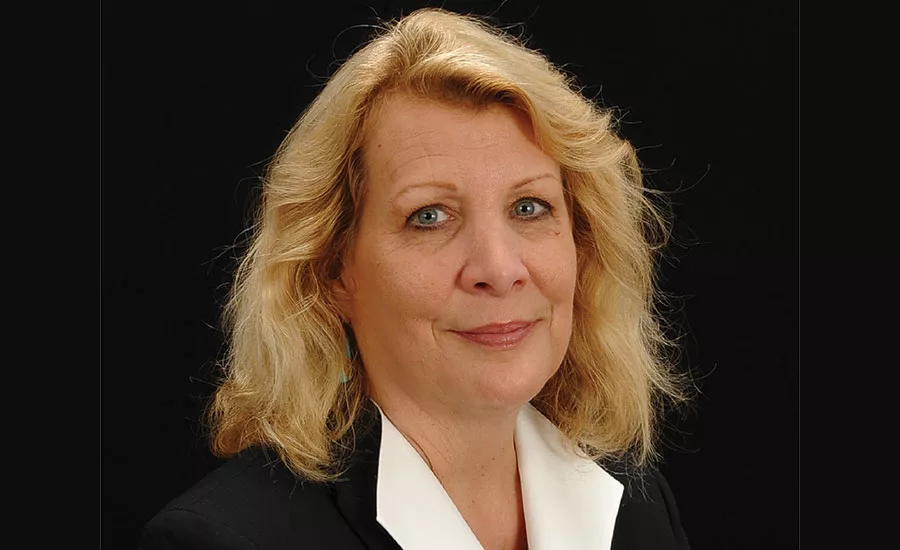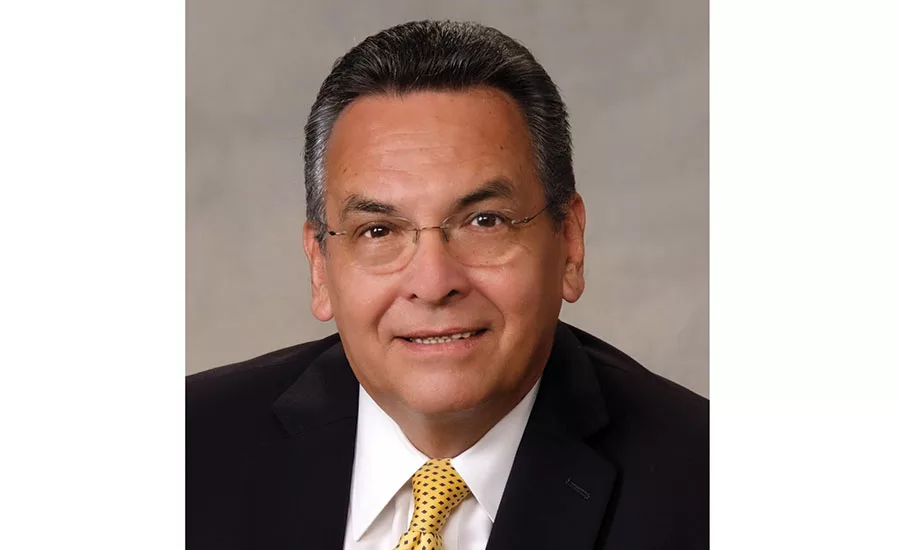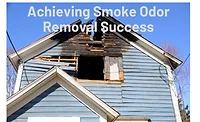First Order of Business: Smoke Odor Removal
Ridding Former House Speaker John Boehner's Office from Cigarette Smoke Damage



For the news “junkies” among us, you know that the big news of Sept. 25, 2015, was that John Boehner was stepping down as Speaker of the U.S. House of Representatives. What you might not know, and of interest to restoration professionals, was that his replacement, Congressman Paul Ryan, said when he moved into Boehner’s prestige office…it reeked.
Apparently the former Speaker was, as he described himself, an “unapologetic smoker,” and was frequently found smoking in his office and in other areas of the Congressional building. This did not sit well with Ryan who is well-known for being a fitness- and health-conscious congressman, so he decided one of his first acts as Speaker was to rid the office of smoke odors.
What Ryan discovered, as do many restoration professionals along with their customers, was that eliminating smoke odors, as well as many other types of building odors, is no easy task. What would you do if you were called in to address this smoky problem?
To help us out with their suggestions, we turn to two experts in the professional cleaning industry. Terry Sambrowski, executive director of the National Service Alliance, a leading group purchasing organization for larger contract cleaners, and Ron Segura, a cleaning consultant who works with universities, corporate campuses, as well as cleaning professionals.
Terry’s Thoughts
As a group purchasing organization, we work with many manufacturers of cleaning solutions and several of them provide products to address smoke and related odors. My first suggestion to restoration professionals is, very simply, to do your homework before selecting any cleaning products, cleaning solutions, or group of products to use. These items can get costly and taking a “trial-and-error” approach to odor remediation not only can become costly, it can become very time consuming as well.
The next step is eliminating the source of the smoke in the office. Smoke odors can penetrate just about everything. The more porous the surface, the more residue and odor that will be absorbed. This includes books, walls, ceilings, light fixtures, wall hangings, hard surface floors, wallpaper, cabinets (especially unfinished wood and wood-like surfaces inside cabinets and drawers, as well as less visible components of furniture), curtains, drapes and carpet.
If not properly cleaned, they will continue to be a source of odors. All of these items must be cleaned, typically using a cleaning product that includes a solvent booster to remove oily residues along with a cleaning solution specifically made to eliminate odors. Selecting the appropriate cleaning solution, as we mentioned, requires due diligence, so working with a knowledgeable distributor can pay dividends, reducing costs and labor significantly.
In this step of the process, it is also wise to place air scrubbers with carbon filters in the problem area. These machines draw air in, to filter out smoke and related odors, and then release cleaner air back into the room.* While they are most often employed in more serious restoration jobs – such as fires – they not only help remove odors but help improve indoor air quality, protecting the health of workers assigned to the task.
* An air scrubber and a negative air machine are similar but work in different ways. The difference is not the machine but the way it is set-up to either recirculate air or to exhaust air outside. The more official term for these machines is “air filtration devices” or AFDs.
Segura’s Suggestions
While the smoke odors can penetrate just about all surfaces and objects in the Speaker’s office, it is the carpeting and fabric furnishings in the room that will likely be the most saturated. While it can be difficult, a recommended first step may be to determine what can be salvaged and what likely cannot. For instance, the Speaker’s chair may need to be replaced. The smoke odors will have so deeply penetrated the fibers and inner workings of the chair that the most cost effective step to take is to remove it.
Carpets and other fabrics should be cleaned with carpet extractors and using cleaning solutions specifically manufactured for odor removal. Some of these cleaning solutions will be additives; others will be boosters for penetrating odor elimination. Follow the carpet cleaning with a rinse, also using solutions designed to further help eradicate odors.
At this point, a determination is necessary to see if smoke odors are still present. If the problem persists after surface cleaning as well as the restoration measures mentioned earlier, restoration professionals have two more options. The first is the use of fogging equipment. The type of fogging equipment typically employed is a thermal fogger. These systems use different chemical solutions designed to detoxify contaminated surfaces.
One of the handy benefits of foggers is they can be directed into tight, inaccessible, and hard porous areas where smoke may have traveled but is hard to reach. However, restorers are advised to use these machines very carefully, read all instructions, including use instructions for the cleaning solutions. Fog is a respiratory irritant; if it is over applied, it can leave an oily residue or potentially cause an explosion if it reaches an open flame such as a pilot light.
Another option is the use of ozone generators. According to reports, after the steps above were taken, ozone machines were used to eradicate remaining smoke odors in the Speaker’s office. Ozone generators are frequently used to eliminate cigarette smoke, mold and mildew, or paint fume odors.
The way these machines work is a bit complicated, so simply put, they produce molecules that oxidize and eliminate odor-producing molecules. With the odor-producing molecules gone, so goes the odor. As with fogging equipment, ozone generators must be used properly which typically means people, plants, and pets are removed from the area where the machines are being used. Many machines have timers that turn the equipment on and then turn it off and output adjustments that can be changed based on the severity of the problem.
The big mistake restoration professionals often make is using ozone equipment first, before taking the cleaning steps already mentioned. As discussed earlier, the source of the odor must be removed first, with the ozone generator (or fogger) called in as the final step.
We should also mention that in situations such as this, smoke odors may have had many years to penetrate surfaces. Don’t expect to remove them all in one day or with one process. Complete removal may require multiple methods of odor control and perhaps one or more repeat visits to be sure all places where odors may be hiding have been reached. Also, be aware that there are psychological components with odors.
And this leads us to our final thought on smoke odor removal; quick fix methods invariably results in problems, customer “call backs,” and a loss of time and money. If called in to handle smoke eradication, whether in the Speaker of the House’s office or the office down the street, true professionals follow all the proper procedures and techniques – in the right order – to eliminate odors and prevent them from reoccurring.
Finding Odors through Recreation
In some cases it may be necessary to recreate the conditions that caused the odor. Since the odor source in this case is smoke, use the thermal fog system to penetrate those areas where the original smoke odors may have traveled. Additionally, seal any surface where the odor may have traveled but which cannot be accessed with fog or any other odor eradiation method.
What if it’s psychological?
Odors can have a psychological component. Even after remediation, the customer may still believe odors are present. Among the ways to deal with psychological odors are:
• Introduce a pleasing fragrance to cover the objectionable odor during the work process. The client may perceive this as quick progress in removing the odor.
• Allowing and explaining to the client all the steps in the odor control process so they understand no surface or hiding place for odors is being over-looked.
Robert Kravitz is a frequent writer for the professional cleaning, carpet cleaning, and building industries. He can be reach through his website at www.alturasolutions.com
Looking for a reprint of this article?
From high-res PDFs to custom plaques, order your copy today!








